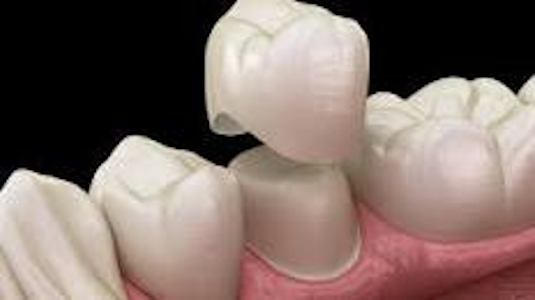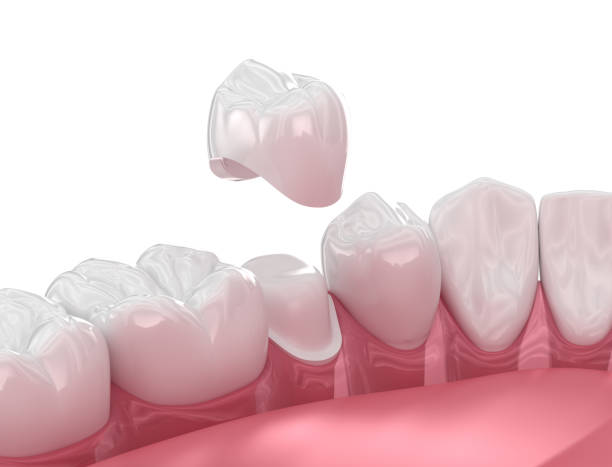
Understanding Dental Crowns: What You Need to Know
A dental crown is a tooth-shaped cap that is placed over a damaged or weakened tooth to restore its strength, shape, and appearance. Dental Crowns are commonly used in restorative dentistry to protect teeth that have suffered from decay, fractures, or large fillings. If your dentist has recommended a dental crown, understanding its purpose and benefits can help you feel more confident about your treatment.
Why Are Dental Crowns Needed?
Dental crowns serve several important functions, including:
-
Protecting a Weakened Tooth – Teeth that have undergone extensive decay or large fillings may become weak and prone to breakage. A crown reinforces and protects the tooth from further damage.
-
Restoring a Broken or Worn-Down Tooth – When a tooth is chipped, cracked, or worn down due to grinding, a crown can restore its normal size and shape.
-
Covering a Tooth After a Root Canal – Teeth that have undergone root canal treatment can become brittle over time. A crown helps preserve the tooth’s structure and function.
-
Improving Cosmetic Appearance – Crowns can enhance the look of misshapen or discolored teeth, providing a more aesthetically pleasing smile.
-
Supporting a Dental Bridge – Crowns are used as anchors to support dental bridges, replacing missing teeth.
Types of Dental Crowns
There are various types of dental crowns available, each with its own advantages:
-
Porcelain or Ceramic Crowns – These provide a natural look and are an excellent option for front teeth. They closely match the color of your natural teeth.
-
Metal Crowns – Made of gold or other metal alloys, these crowns are highly durable and resistant to wear, making them ideal for molars.
-
Porcelain-Fused-to-Metal (PFM) Crowns – These combine the strength of metal with the aesthetic appeal of porcelain, offering both durability and a natural appearance.
-
Zirconia Crowns – Known for their exceptional strength and aesthetic quality, zirconia crowns are often used for both front and back teeth.
-
Resin Crowns – These are more affordable but may wear down more quickly than other options.

The Dental Crown Procedure
Getting a dental crown typically requires two visits to the dentist:
-
Initial Visit: Tooth Preparation
-
The dentist reshapes the tooth to make room for the crown.
-
An impression of the tooth is taken to ensure a precise fit.
-
A temporary crown is placed to protect the tooth until the permanent crown is ready.
-
-
Second Visit: Crown Placement
-
The temporary crown is removed.
-
The permanent crown is checked for fit, color, and comfort.
-
The crown is cemented into place, restoring the tooth’s function and appearance.
-
Caring for Your Dental Crown
With proper care, dental crowns can last many years. Follow these tips to maintain their longevity:
-
Practice good oral hygiene by brushing twice a day and flossing daily.
-
Avoid biting on hard foods or objects that could damage the crown.
-
Schedule regular dental check-ups to ensure the crown remains in good condition.
Conclusion
Dental crowns play a vital role in restoring and protecting damaged teeth, improving both function and appearance. If you need a crown, discussing your options with your dentist will help determine the best material and type for your needs. With proper care, a dental crown can provide long-lasting benefits and a confident smile.
